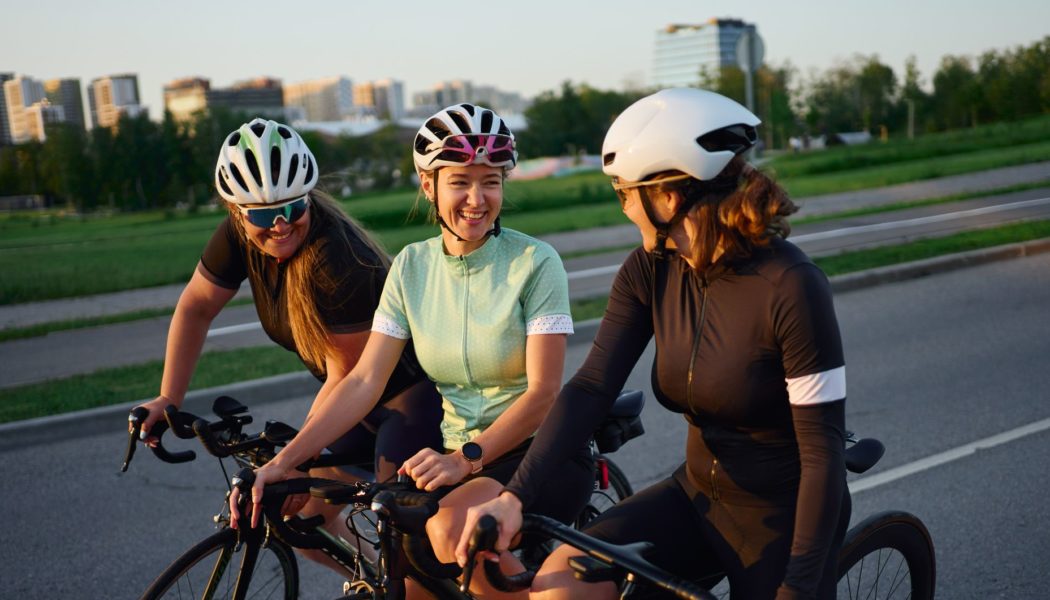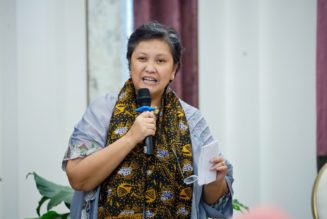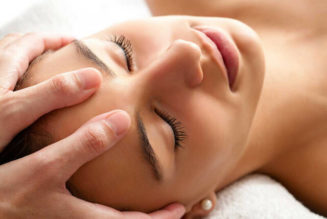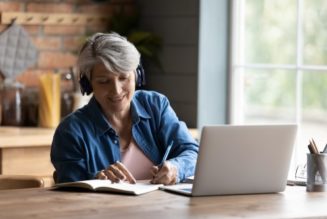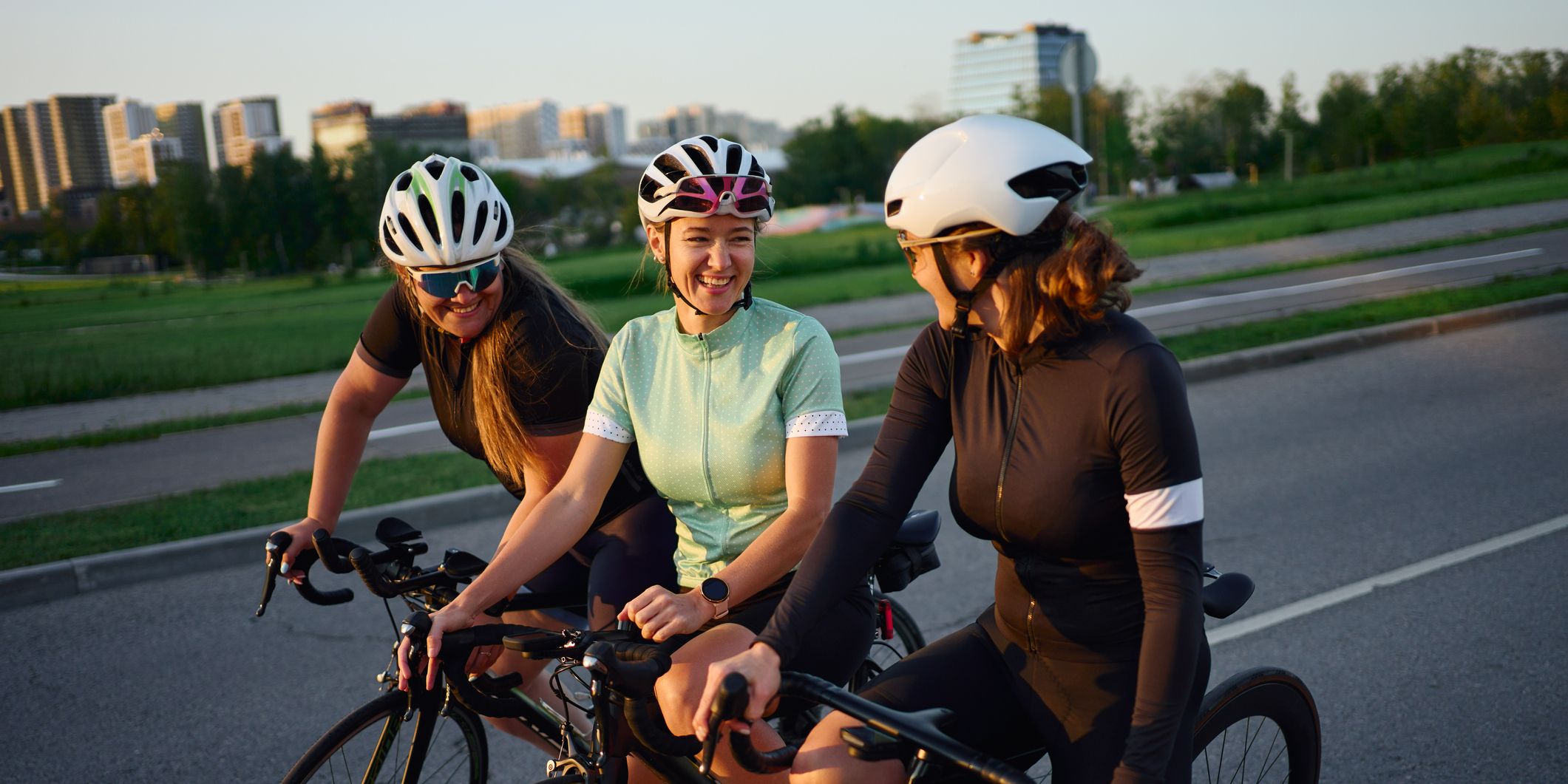
After setting three Guinness long-distance cycling records and starting an adventure travel company, Dan Buettner had an epiphany. Some of the longest-living people in the world don’t “pursue health and longevity as if it were a chore. Their health and longevity stemmed from their surroundings,” he wrote in his book The Blue Zones: Secrets for Living Longer, which is now a Netflix series.
Extensive research over the last 20 years backs up this observation. In 2004, Italian scientists published a paper in Experimental Gerontology describing a particular Sardinian area in which men experienced “extreme longevity.” According to Frontiers in Genetics, while some longer-living people have chronic illnesses for much of their later lives, a rare few are healthy and vital well into their 90s, and then go on to live past 100—what researchers would consider “extreme longevity.” The keys to these long lives seem to be both genetic and lifestyle-related.
To learn more about this combination of factors, Buettner began to explore other pockets in the world where an unusually high number of people live to 100. He called these areas Blue Zones and first wrote about them in a 2005 National Geographic article.
Buettner, a reporter and writer, followed the research of scientists Gianni Pes and Michel Poulain, who studied the Sardinians. Later, the men came together to create a Blue Zone certification process allowing other communities, such as Ikaria, Greece; Okinawa, Japan; Ogliastra Region, Sardinia, Italy; Loma Linda, California; and Nicoya Peninsula, Costa Rica, to be considered Blue Zones.
“The Blue Zones are geographic areas where people tend to live longer and healthier,” Daniel A. Monti, M.D., chair of the department of integrative medicine at Thomas Jefferson University tells Bicycling. “The lifestyle factors [people in Blue Zones] have in common are known to have an impact on the risk of diseases, including cardiovascular disease and cancer. If you can move the needle a little closer to how people live in the Blue Zones, then you will improve your health.”
The good news? As a cyclist, you’re already doing something that will help you live longer.
“The Blue Zones provide the most compelling evidence for the incredible gifts of lifestyle as medicine—more years in life and more life in years,” says David Katz, M.D., founder and former director, Yale University’s Yale-Griffin Prevention Research Center.
To help you follow in the footsteps of those in these areas, here are Blue Zone habits to adopt that can make your days happier and less stressful, and that contribute to longer, healthier lives.
Create Community
In the Blue Zones, including those in Sardinia, Italy and Loma Linda, California, the longest-living people create—or are born into—strong social circles.
Surrounded by friends and family, Blue Zone people rarely experience loneliness, a condition that the American Surgeon General, Vivek Murthy, recently called an epidemic in the United States. “The mortality impact of being socially disconnected is similar to that caused by smoking up to 15 cigarettes a day, and is even greater than that associated with obesity and physical inactivity,” Murthy recently wrote in a Health and Human services report.
In Okinawa, children get set up with a “moai,” a circle of friends who meet and support each other throughout their lives. Similarly, in Loma Linda, the healthiest citizens belonged to the same religious community.
If you don’t already have a strong social circle, create connections with those who live a healthy lifestyle. “Healthy behaviors are as contagious as a cold,” Buettner writes. Cycling clubs and group bike rides are an easy way to make health-minded friends. To find one near you, check out Meetup pages (or use Meetup to start your own group) or talk to your local bike shop to find out more about group rides and clubs in your area.
“Many people became disconnected during the pandemic,” Monti says. “Think about one person you used to have a connection with that you lost touch with over the past three years and send that person a message.”
Katz also suggests volunteering at schools, nursing homes, animal shelters, and other non-profits. “This helps you meet people and gain a sense of community,” he says.
Commute on Your Bike
People who live in Blue Zones move frequently as part of their lives rather than carving out time for exercise. To adopt that habit, think about ways you can incorporate movement into your regular schedule, like on your commute to work.
Think a short hop onto your bike rather than into your car won’t make much of a difference? A 2020 Lancet Planet Health study found that people who commute by bike have a 20 percent lower risk of dying in a 10-year period and a 24 percent lower risk of dying from cardiovascular disease than those who drive.
Another report showed that men, aged 55 to 79, who were able to cycle 100 kilometers in under 6.5 hours and women who could cycle 60 kilometers in under 5.5 hours at least twice in the three weeks prior to testing had much greater levels of T-cells, or immunity cells that fight new infections, than their sedentary peers, and these cell levels were similar to young adults.
“Normally the thymus gland starts shrinking from the age of about 20, and levels of IL-7, a hormone that maintains the production of new immune cells, decline. But aerobic exercise, including cycling, can prevent or slow this down,” study co-author Janet M. Lord of the Institute on Inflammation and Ageing at the University of Birmingham in the U.K. tells Bicycling.
“To start [bike commuting], plan on how to get from A to B most safely,” says Nicole Brunet, policy director of the Bicycle Coalition of Greater Philadelphia. Streets have different safety levels, including shared roads or those with a protected bike lane. Opt for the most protected roads when you can.
“If there are no bike lanes, ride on smaller streets, as opposed to large boulevards. The one- or two-lane roads have fewer cars, providing less opportunity for conflicts, and provide more visibility for cyclists,” says Brunet. If your locality does not offer a bike lane map, try using the free apps Bikemap, Komoot, and PeopleforBikes’ Ride Spot.
“A lot of people don’t know that they can incorporate public transportation into their cycling,” Brunet notes. You can, for example, bike to a train station and bring it on board, then finish the ride once you reach your stop, which can help make your commute quicker and smoother.
Take Screen Breaks
By one estimate, people in the Blue Zones engage in some sort of physical activity—gardening, food preparation, cleaning, or walking—every 10 to 15 minutes. Jeffrey Bland, Ph.D., a nutritional medicine expert and founder of Big Bold Health, says that getting up every hour and walking during your lunchtime and meetings is one of the best ways to mimic this practice.
While this may sound time-consuming, he compares it to time spent dealing with medical issues and health complications. “If a person views time spent in nature engaged in simple activities as a ‘time waster,’ then [eventually] their body will speak to them with messages that come in the form of inflammation, sleep disturbances, foggy brain, mood swings, obesity, blood sugar problems, and compromised immune function,” Bland says.
In the Blue Zones, “going to a friend’s house, out to eat, to work, or to church is an opportunity for a walk,” according to the website. If you think your hometown makes it difficult to do this, a 2021 Bureau of Transportation Statistics found that 52 percent of all trips from home were less than three miles, while 28 percent of trips were less than one mile—all walkable and bikeable distances. (A “trip” was defined as being away from your home for at least 10 minutes.)
Stand Up More Throughout the Day
In Okinawa, Japan, families sit on tatami mats while they eat or when they have tea or talk. This means they get up and down from the floor dozens of times throughout the day. Because this movement requires effort, it’s good for your heart. It also helps to ensure that you will be less likely to fall as you age.
In fact, a 2014 European Journal of Preventive Cardiology study of more than 2,000 men and women, aged 51 to 80, found that the ability to sit and rise was a strong predictor of mortality. That’s because the ability to get up and down correlates with musculoskeletal fitness and you are less likely to be hospitalized if you do fall when your bones are strong and you can help yourself up.
One easy way to mimic sitting down and standing up more often throughout your day is adding squats to your regular routine. Do a set of 20 or go for two minutes straight while you wait for dinner to cook or as a quick break from your desk.
“Sitting on the floor and getting up some number of times is certainly good for core strength,” says Katz, “but I wouldn’t count on it as the way to condition yourself. As in the Blue Zones, move as much and as often as possible.”
Consider a Plant-Based Diet
In addition to a life filled with activity and a strong sense of social connection, dietary surveys found that 95 percent of 100-year-old Blue Zone residents eat plant-based diets. In fact, beans are the cornerstone of most Blue Zone cuisines despite the locations being all around the world.
“Make use of legumes, such as beans, lentils, and chickpeas,” Monti says. “These are a mainstay of Blue Zone diets, and, because they are excellent protein sources, they make a perfect substitute for meat.”
Likewise, use fresh and dried fruits as go-to snacks, as well as nuts, he says. In Loma Linda, researchers found most residents are vegetarian. Researchers have particularly noted that they snack on nuts, fruit, and other natural foods, which consistently has been shown to add two to three years of life. Processed foods, on the other hand, can erase some of the benefits of an otherwise healthy diet.
